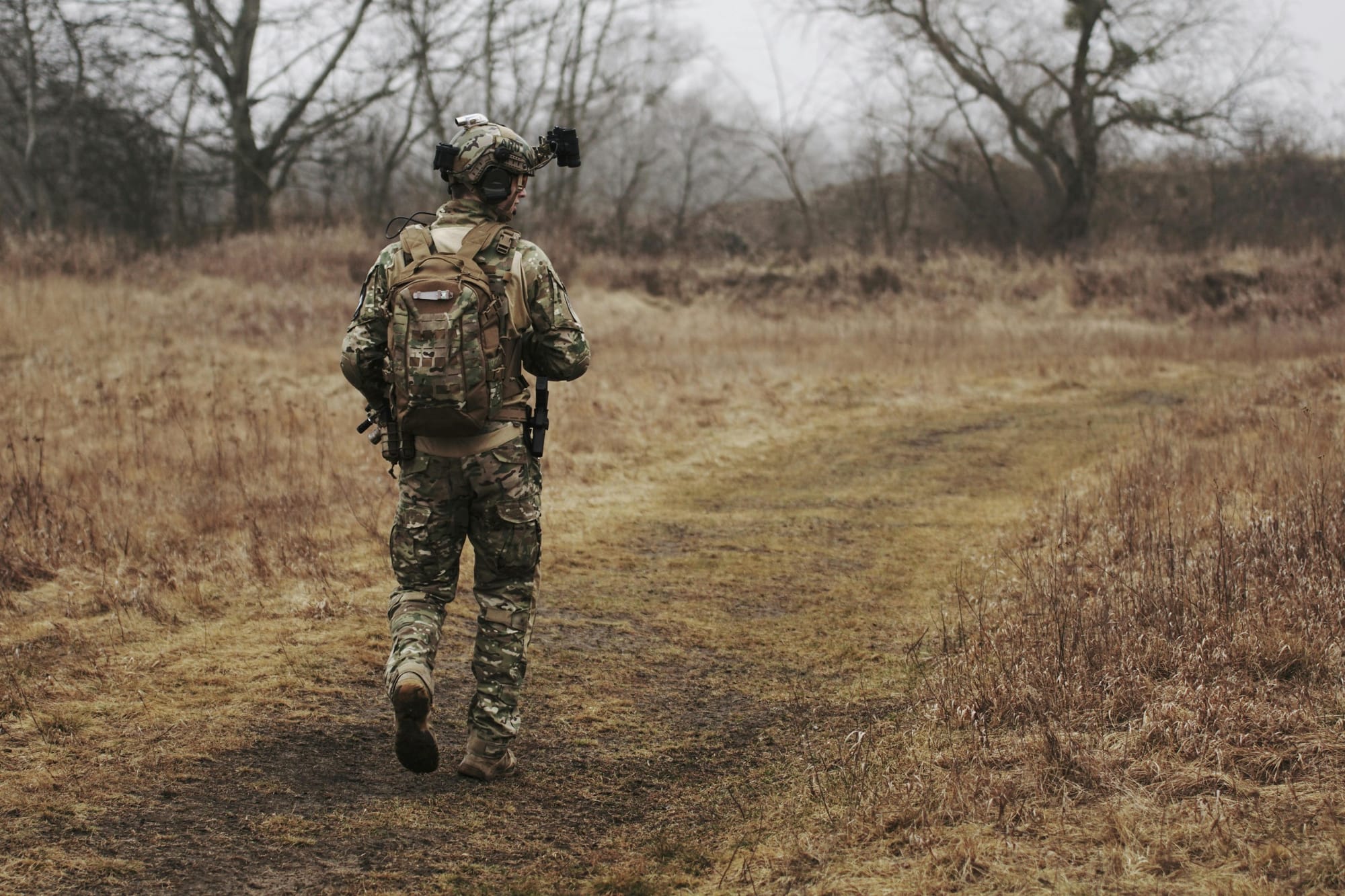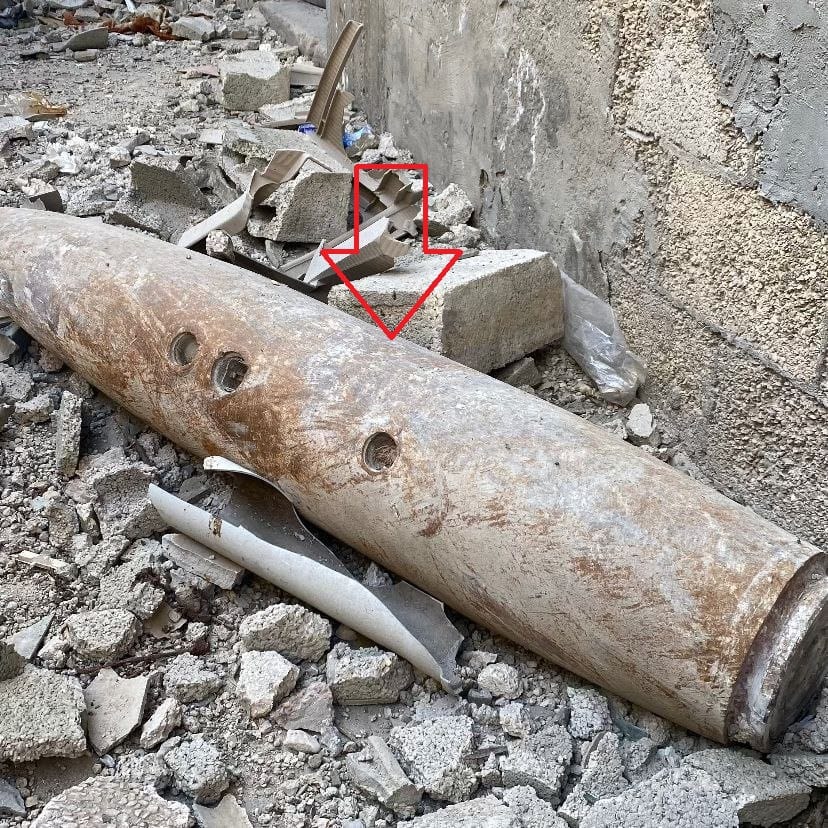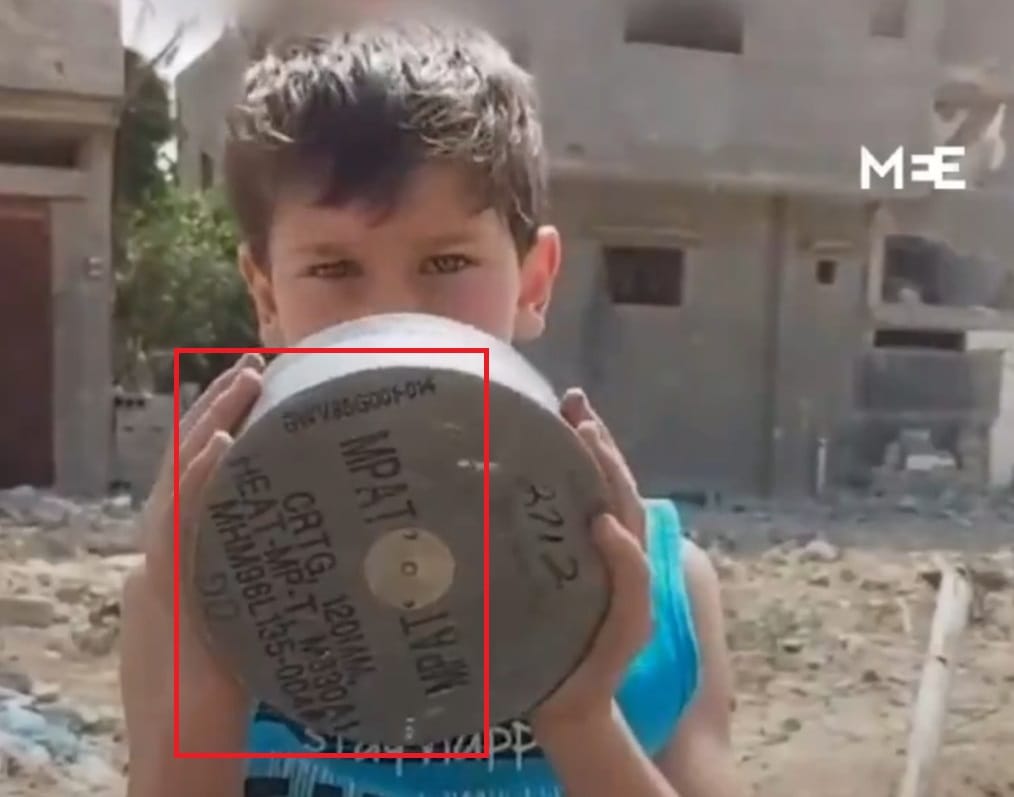How to identify explosive ordnance (EO) from conflict zones
As an open source enthusiast, you may need to identify various weapons and ammunitions used in conflict zones. This guide teaches how you can utilize open source information to track and identify various munitions used in the battle field or conflict zones.

Introduction
Conflict zones are usually cut off from civilian access due to military action and therefore it is hard for experts to determine what kind of munitions and bombs are used in various military strikes that happens in such zones.
Belligerents usually don't publicize what kind of weapons they use for their military operations and therefore, you have to rely on the people in the conflict zones to collect fragments of explosive ordnance (EO) and pictures and videos of unexploded ordnance (UXO) to aid in identifying what kind of bomb or munition was used in a particular military strike. This is crucial for accountability purposes and to identify who caused a particular military strike. Sometimes belligerents refuse to accept responsibility for some military strikes and identifying the type of ordnance used, we can pinpoint the most likely culprit.

Landmines, rockets, bombs, grenades, and other unexploded ordnance pose significant danger decades after the conclusion of wars and conflicts and should be handled with extreme care if ever one comes across them.
Text on the fragment/UXO/EO
Text or lettering on the fragments can help in determining what kind of UXO or EO you are trying to identify. Larger munitions will feature factory labels or stamps indicating the specific model type, along with additional information such as the manufacture date and production lot. Any visible writing on the munitions or associated items, such as ammunition crates, can facilitate the identification of the exact model. Most NATO countries have what is known as CAGE codes that can aid in identifying specific EOs.

You can use cage.dla.mil and ordata.info to try and search for the serial numbers appearing in the fragments to try and decipher what kind of munition you have at hand. The extensive variety of EO models has resulted in the absence of a centralized resource for understanding the meanings of labels and markings, despite their clear presentation on the object, therefore try to corroborate as much as possible.
Colour of EO/UXO
The colour of the Explosive Ordnance (EO) fragment serves as an important identifier for its type and model and what they are used for. Various colours typically indicate the specific type of explosive (whether low or high) contained within the item and may also signify their intended use cases. For instance, practice or training rounds are commonly marked with a blue background and white lettering, as per NATO standards and therefore can't be used or found in active conflict zones. Some colours indicate low explosion yield (brown) and are used in low intensity activities like demolition of buildings and others contain a high explosion yield (yellow) which is typically used in hardened targets like thick underground bunkers.

To check munitions colours and their use, use this Global Security Website.
For bullets and explosive rounds, this website has a thorough guide.
Size, shape and unique features
Some EOs may not have distinctive colours, labels, writings or even serial numbers that help in identifying them. Therefore, we have to check what shape they are, what size they are and what other unique features like fins or blades they have to help us further identify them.
You can use academia.edu guide to help you.
However, The descriptions provided are not exhaustive; they serve as a summary of the most prevalent models used in modern conflict zones within each category. EOs manifest in various shapes, sizes, and forms and it is important to corroborate as much as you can before making a final conclusion.
Additionally, this Bellingcat decision tree can help you decide more which EO is being identified.
Additional information
Location
Some EOs are exclusive to certain regions and areas. For example, Shahed drones are more likely to be found in the Middle East (Iran, Iraq, Syria, Israel and Lebanon), Russia and Ukraine.
In the Russian invasion of Ukraine, Russia has not executed any substantial military ground operations in the western region of Ukraine (in towns like Lviv) in the ongoing invasion of Ukraine. Consequently, imagery from the far western areas is expected to primarily depict advanced aerial weaponry, including long-range cruise missiles and aerial bombs and not small ammunitions used in ground combat.
In places like Gaza, West Bank, and South Lebanon, Militants use Iranian weapons and therefore, they are expected to feature more prominently in militant videos compared to Western weapons. Smuggled western weapons are expected to feature also.
North Korean weapons are expected to feature more in Russia and China. Western weapons can be expected to feature more in Israel and it's areas of operations.
Time
Time can be used to tell what type of EO was used. For example, cluster bombs were used prominently in WW2 and at the present, they are banned in many countries and an international treaty prohibits its use in modern conflict zones.
Pre-2022 footage from Ukraine means less Western weapons since there was little support for Ukraine back then. Western military support for Ukraine ramped up in the 2022 Russian invasion of Ukraine that Russia launched under the auspices of "special military operation".
The PTKM-1R, a new Russian landmine, was publicly revealed in 2021 and subsequently utilized in Ukraine in the following year. Therefore, if the imagery predates these events, it is highly improbable that it depicts this particular model. Nonetheless, there remains a slight possibility that a weapon may be deployed prior to its public unveiling. As usual corroboration highly matters.
The Stockholm International Peace Research Institute (SIPRI) offers an open database that documents all transfers of major conventional arms from 1950 to the latest complete calendar year. By identifying the timeframe in which the object was discovered, one can effectively narrow the range of engagement options that may be represented in the imagery in question.
Images of explosive ordnance (EO) frequently include associated objects, such as shell casings, fuses, shrapnel, ammunition boxes/containers, decoy flares or machinery. These items can assist in determining the type and model of the EO. Additionally, the boxes used for transporting ordnance typically display identifying marks. In the case of landmines, safety caps made of plastic are usually removed prior to emplacement and may be found nearby, providing further clues for identification.
Due to the complexity and significant variance in types of EO, it is advisable to consult specific resources for accurate identification. Bellingcat has curated a repository containing some of the most useful resources in this regard.
In addition to human and open source identification of objects within images, the integration of computer vision and machine learning into the EO recognition process is progressing steadily.
Although development remains in progress, multiple start-ups are actively engaged in this area, potentially enhancing the ability of investigators to recognize objects in both social media imagery and live drone footage in the very near future as AI gets better by day.